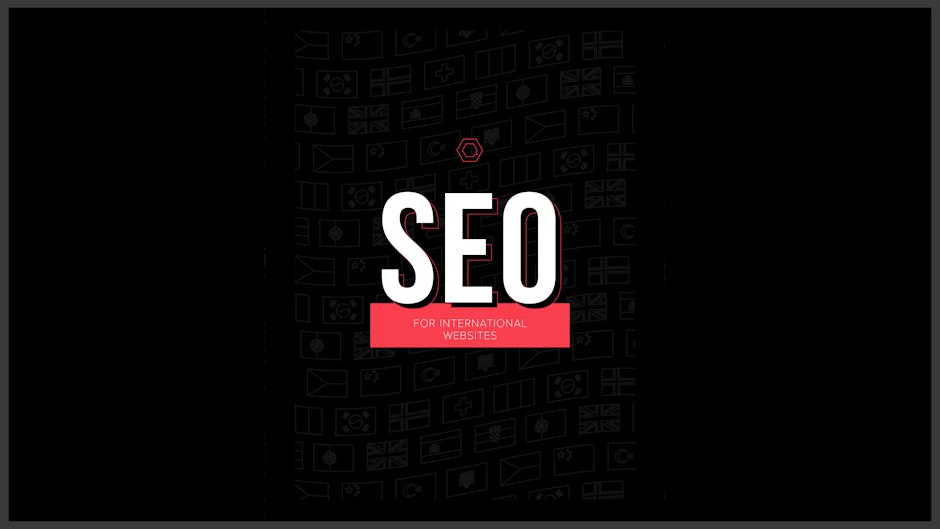SEO for international websites
Going international? You'll need SEO!

Taking your brand international is an exciting time! However, with new levels of success comes new levels of challenges - and we’re here to make it easier! So, if you’re going international, then having a website in each country's official language with native SEO is vital.
On the surface, international SEO may seem overwhelming... But we’ve compiled a list of steps that will ensure your website creates a positive experience for your international visitors.
Before setting your website live...
Create a country-specific URL e.g. Google.com/au. This tells the search engine the language of the page
Aim to have the web hosting server location in the same country that you're targeting
Submit the website to local directories and search engines
Cater to languages, not countries. In some countries, there is more than one language that is recognised as an official language. E.g. In Canada, both English and French are widely spoken
Signal the language of the page, to the search engines, through meta tags
Optimise your content...
This may seem quite straightforward, but mention the country that you are targeting in your content.
Talk about the country, your location, the people, etc
Always remember online translation services e.g. Google translate is no substitute for native translation.
These services cost but ensure content is correct and reads well
Consider interpretations of words. Certain phrases may have negative connotations in other languages. (This is where a native translation will help)
Look into the Google Trends for the country you are targeting
Analyse the content already in the country you are targeting, highlight content gaps and create the content
When creating content, consider differences. Including language and local phrases, understanding/ perceptions of terms/ phrases, currency, time zone, weather, contact information, opening times, culture(s), values, lifestyle, income, demographics, consumer habits, local/ public holidays, religion, regulations, lawsIdentify keywords in other languages. What may be a keyword in your native language, may not be the same in other languages
Create quality backlinks from your content to websites located in the country you’re targeting
Inform Google through other means...
Set up for Google Search Console for International targeting
Set up Google My Business for each country you’re targeting
Set up social media profiles on various platforms, and set your information to be specific to that country
